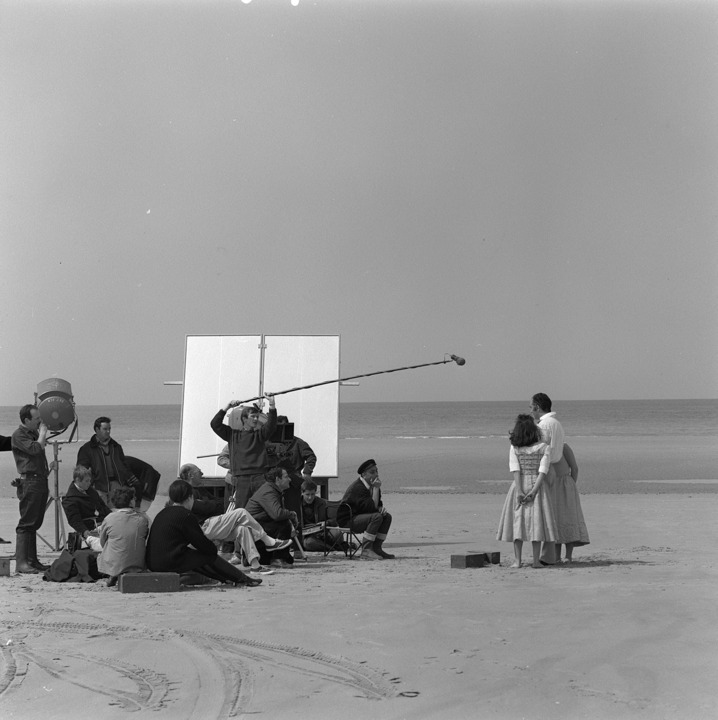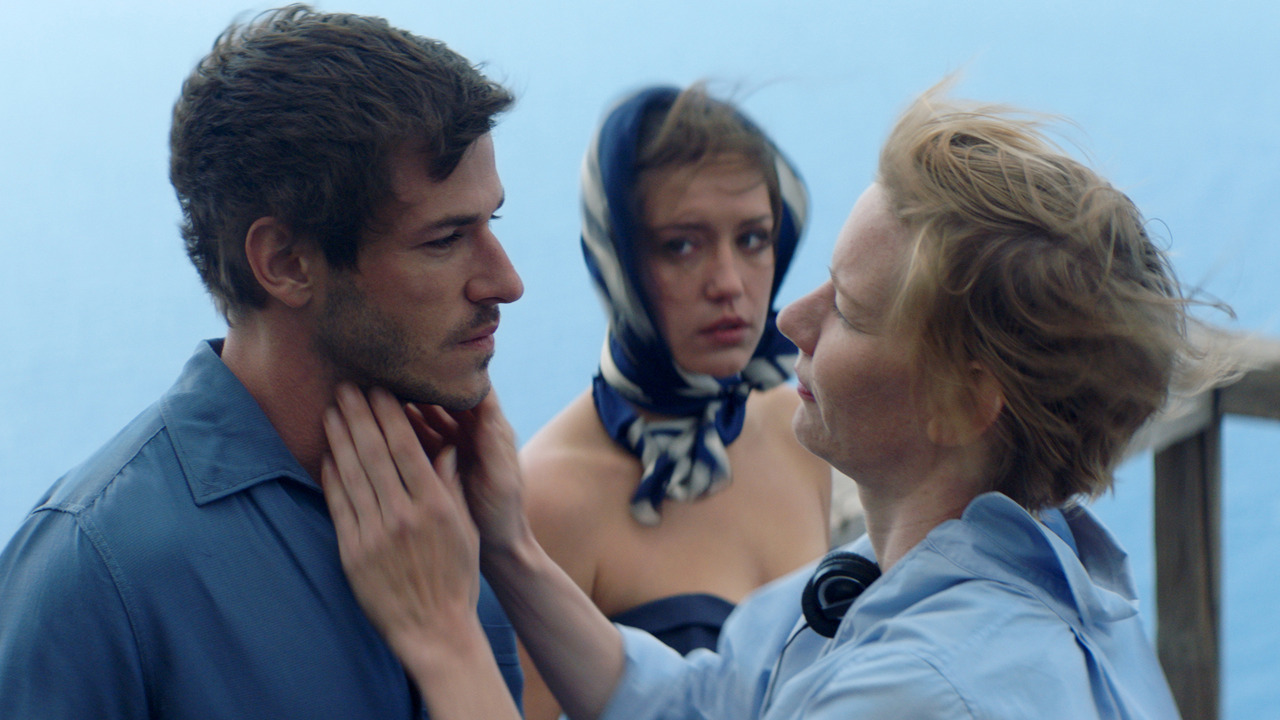From Paris to Cannes: The Journey of a Film from Script to Screen
 Image courtesy of France Channel, “Dom Juan ou le festin de Pierre”
Image courtesy of France Channel, “Dom Juan ou le festin de Pierre”
The Cannes Film Festival, one of the most prestigious cinematic events in the world, is often seen as the pinnacle of achievement for filmmakers. Every year, the festival celebrates the best in global cinema, showcasing not only star-studded premieres but also groundbreaking films from emerging directors. However, the journey to Cannes is not just about red carpets and glamorous soirées. It is a long and often challenging process, where films go through various stages—from the inception of an idea to their final screening on the Croisette.
This article will take you through the fascinating journey of how a film makes it from Paris to Cannes, focusing on the lesser-known processes and the essential steps involved. Along the way, we’ll uncover how a film goes from a simple script to being showcased on one of the most significant stages in the world of cinema.
1. The Spark of an Idea: The Scriptwriting Process
Every great film begins with an idea, but that idea needs to evolve into a compelling story. The journey often starts in the cafés of Paris, where filmmakers, writers, and collaborators gather to exchange ideas and inspire one another. France has long been a hub of creative energy, and the tradition of cinematic excellence begins in the vibrant, intellectual spaces where screenwriters and directors brainstorm.
Writing a script is often the most challenging and intimate part of the filmmaking process. It’s here that the structure, dialogue, and themes of a film take shape. Whether it’s a gripping drama or an experimental piece, the script must evolve into something that captures both the artistic vision of the filmmaker and the universal emotions that will resonate with audiences.
Once the script is written, filmmakers often seek funding, which can come from French production companies, government grants, or private investors. The CNC (Centre National du Cinéma) plays a critical role in supporting French filmmakers, offering subsidies and financing opportunities for both established directors and newcomers.
2. Assembling the Team: Pre-Production and Casting
 Image courtesy of France Channel, “Sibyl”
Image courtesy of France Channel, “Sibyl”
With a finalized script in hand, the next step is pre-production—assembling the crew, selecting locations, and organizing logistics. The filmmaker works closely with producers, cinematographers, production designers, and costume designers to bring the story to life. The director’s vision begins to take shape, and each department ensures that the film's aesthetic and narrative tone align with the initial concept.
Casting is a crucial part of this phase. France has a rich history of world-class actors, and selecting the right talent is essential for bringing the characters on the page to life. Some films may attract well-known French stars, while others may give rise to new talent who are ready to make their mark on cinema.
In this phase, the stakes are high. Many films face challenges securing the right actors or locations, and the budget may not always align with the filmmaker’s ambitions. Despite these hurdles, pre-production is an exciting time when the essence of the film begins to form.
3. The Filming Process: Bringing the Script to Life
Once everything is in place, the cameras start rolling. The filming process is an intense period of creativity, collaboration, and problem-solving. In France, many films are shot on location, using the country’s diverse landscapes and iconic cities as backdrops. Whether in the picturesque countryside or the bustling streets of Paris, the French setting provides a cinematic canvas like no other.
Filmmakers often shoot in historic locations such as the Palace of Versailles, the Luxembourg Gardens, or even the iconic Cinémathèque Française. Capturing these moments requires meticulous planning, but the spirit of French cinema is rooted in its embrace of realism and its ability to capture the raw beauty of everyday life.
This stage can take several months, and the filmmakers often encounter unforeseen challenges, from technical difficulties to unpredictable weather. It is in this part of the journey where the magic of cinema starts to happen—creating the visual language that will later communicate the story to the audience.
4. Post-Production: Editing and Crafting the Final Cut
After the filming is complete, the movie enters post-production, where the raw footage is transformed into the final product. This is a highly technical and creative process. Editors and sound designers work closely with the director to choose the right shots, pace the film, and adjust the tone to achieve the desired emotional impact.
The music also plays a critical role during this stage. The soundtrack can elevate a film from good to great, and French composers have been at the forefront of creating iconic soundtracks. The renowned Michel Legrand and Alexandre Desplat have provided scores that perfectly complement the visual storytelling of French cinema.
In some cases, films undergo multiple rounds of edits, sometimes even changing significantly from their original vision. At this point, a director may experiment with the rhythm of the film, adding or removing scenes to shape the narrative. The final cut of the film is critical, as it will determine how it will be received by audiences and critics alike.
5. The Cannes Film Festival: Entering the Spotlight
With the film complete, the next goal is to have it screened at the Cannes Film Festival, a prestigious platform that can catapult a film to international recognition. Submitting a film to Cannes requires careful preparation. The selection committee is known for its rigorous standards, and only the best films make it through the process.
Films are submitted for consideration in various categories, including In Competition, Un Certain Regard, and Short Films. The official selection is highly coveted, as it gives the film a chance to compete for the Palme d’Or (Golden Palm), the festival’s highest honor.
The process of selection is shrouded in mystery, but one thing is certain: filmmakers are eager to showcase their work at one of the world’s most famous film festivals. For many, it’s a dream come true—though it’s just one step in the journey of having their film seen by a global audience.
6. Stream Different with France Channel: Enjoy the Journey at Home
While the road from script to screen can be long and complex, Cannes provides an opportunity for filmmakers to showcase their creative achievements to a worldwide audience. However, if you can't make it to the festival in person, you can always stream different with France Channel and enjoy a curated selection of French films and Cannes highlights right from the comfort of your home. Whether it’s a documentary about the festival, a classic film screening, or a fresh cinematic release, France Channel allows audiences to experience the magic of French cinema as it’s meant to be seen—without leaving home.
7. The Aftermath: Distribution and Legacy
Once a film has premiered at Cannes, the journey isn’t over. Distributors are often keen to pick up films that have been well-received, securing international releases in theaters and on streaming platforms. The critical reception and awards can make or break a film's commercial success, but for the filmmakers, the recognition from Cannes often guarantees that their work will be seen by audiences around the world.
Some films, even if they don’t win major awards, go on to become cult classics or gain recognition in the art-house circuit. Others may influence the direction of future French cinema. The lasting impact of a film is not only determined by its immediate success but by how it resonates in the years to come.
The journey of a film from Paris to Cannes is complex and multifaceted, involving months, even years, of hard work. From the spark of an idea in a Paris café to the glitzy premiere on the Croisette, it’s a process that requires immense creativity, collaboration, and determination. While not every film will make it to Cannes, each step in the journey is a testament to the enduring power of cinema.